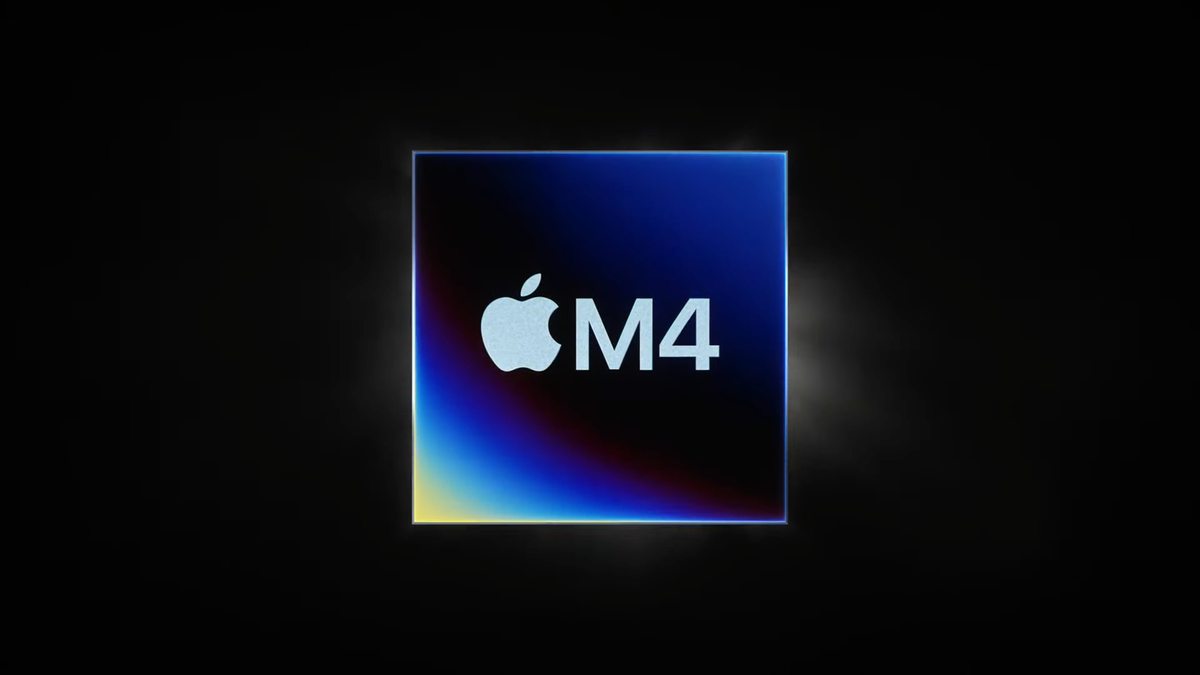After Apple’s reveal of the M4 chip earlier this year, and its significant performance improvements (which we discuss at length in our M4 iPad Pro review), all eyes are now on what the company has in store for its Mac and MacBook devices, which at the moment are still using M3 chips.
We’ve just had the biggest hint yet that M4-powered Macs are about to drop thanks to Apple’s VP of Worldwide Marketing, Greg Joswiak, who teased on X that an upcoming ‘week of announcements’ is set to kick off on Monday, October 28. Along with recent rumors surrounding production of the M4 MacBook Air, it looks like it could be a very exciting week for Apple fans – so here’s what we expect to see.
M4 MacBook Pro

With Apple’s M4 Pro and Max chips yet to be unveiled, this upcoming showcase could be the ideal opportunity to show off the powerful M4 variants, especially as the M4 MacBook Pro 14-inch and 16-inch models will almost certainly be revealed, with Apple hopefully highlighting the major performance leap from the previous M3 Pro and Max chips.
Russian YouTuber Wylascom supposedly leaked a new model of the MacBook Pro that comes with the standard M4 chip, which if legitimate, means the base configuration of the laptop will utilize a 10-core CPU and GPU just like the M4 iPad Pro, as opposed to the M3’s 8-core CPU, potentially indicating a new focus on Apple Intelligence (the company’s fledgling attempt at artificial intelligence) – though Wylascom’s info should of course be taken with a grain of salt.
The one change over last year’s M3 version we do hope to see is that the base model of any new MacBook Pro comes with at least 16GB of unified memory rather than 8GB – this will be highly beneficial for gaming, which is becoming a prominent new focus for Mac devices with recent releases like the Resident Evil 4 remake. Of course, any laptop that’s marketed at content creators and professionals in 2024 really shouldn’t be coming with just 8GB of memory.
M4 Mac mini
Expected alongside the M4 MacBook Pro reveal is a redesigned M4 Mac mini, with Apple’s plans to make it the smallest computer it has made – at least, as reported by Bloomberg’s Mark Gurman (who has a strong reputation as a reliable leaker of all-things Apple). Its size is expected to be similar to the Apple TV, which should prove to be highly beneficial for those looking for sleek desktop setups.
Fortunately, its unified memory will reportedly be starting at 16GB, and maxing out at 32GB. As we mentioned earlier, 8GB of RAM for Windows PCs and Macs has been criticized as underpowered for a long while, and it will be great to see Apple finally step away from this trend for its M4-powered devices.
M4 iMac

Gurman’s reporting (amongst other leaks) has suggested that we’ll also be getting an updated iMac as part of next week’s slate of reveals. Besides the M4 chip itself, there isn’t much we can tell you about the upcoming iMac – although the good news is that Apple is also reportedly ready to unveil its new Magic accessories, which will include a new Magic Mouse.
With the M4 iMac, we would love to see 16GB of unified memory as standard here as well – the M3 model was configurable up to 16GB or 32GB, but the base model only had 8GB, and we really hope that Apple doesn’t repeat this.
Beyond 2024 – M4 MacBook Air
As we mentioned earlier, the M4 MacBook Air is almost definitely still coming – in fact, it’s rumored to be the top priority for Apple’s 2025 release schedule. This makes sense considering the recent poor sales of Mac products, and how popular the MacBook Air is – Apple will likely be keen to announce a new and improved version of its biggest laptop seller as soon as possible (without annoying anyone who has recently bought the M3 model).
As reported by Mark Gurman, the M4 MacBook Air will reportedly remain the same in terms of its design, with the M4 chip being the only major alteration.
This is good news for anyone looking forward to buying a MacBook Air. The difference between 8GB and 16GB unified memory models was very significant on the M3 model, so expect the same to apply to the incoming M4 MacBook Air.
M4 Mac Studio

Finally, since Apple’s focus is supposedly zeroed in on M4 MacBook Air production for early 2025, the somewhat unloved chunky boy that is the Mac Studio is expected to arrive with M4 at a later date (again, according to Gurman’s sources). The Mac Studio is essentially a powerful mini PC that looks like a bulkier Mac mini, but aimed at creative professionals. It was claimed to be in simultaneous production alongside the MacBook Air, but this has apparently changed – the current expectation is between March and June, so not too long after the MacBook Air.
Do you have a particular Mac product you’re looking forward to? Be sure to let us know on social media – for Apple, the new MacBook Pro is doubtless the main event planned for this incoming ‘week of announcements’, but to be honest we’re more interested in a reimagined Mac mini if it’s truly set to be the smallest computer from Apple.











































































































































































You must be logged in to post a comment Login